Debbie, Frankie and I arrived at a bright but chilly and windy Ashdown Forest just after 8.30 and set off without partaking of second breakfast much to the dismay of one member of the group.
The wind didn’t do us any favours but Debbie and Frankie soon started to pick up bird song of which I was oblivious to quite a lot. The early Goldcrest singing at some dizzy height in a fir tree was well beyond my scope of hearing as was the far away Willow Warbler Debbie tuned into. I did hear the Dartford Warbler singing which surprised me until we all agreed that actually it was a rather garbled Whitethroat, one of many we heard. Chaffinches were also quite numerous as was the amiable Chiffchaff which we were able to spy in the canopy on a couple of occasions.
As it warmed up a Blackcap got into its rhythm as did the odd Blackbird and the usual array of Wrens which exploded into song. We decided to break the morning into two parts so that we could return to the car for coffee instead of lugging flasks around. A good move as it turned out because we had the opportunity to doggedly wait under a tree trying to ID a perishing little brown bird adept at hiding behind branches. Eventually it flew onto the ground very obligingly to reveal itself as a female Redstart.
After our coffee and the un-named persons second breakfast we set out for an area I predicted would have some Redstarts. Frankie once said to me that she liked my walks because I always said what we might see but we never did. Another form of subliminal birding!! Thankfully this didn’t prove the case today as we saw a good number of Redstarts including some stunning males.
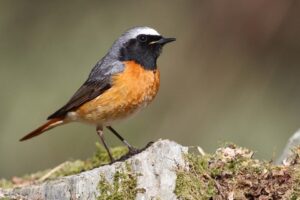
Wildlife Trusts photo
I started to scout the sky for raptors as it was warming up and hopefully producing some good thermals. First to take advantage were two Mallards which gave a surprise flypast! Eventually we found some Crow harassed Buzzards and a rather long distance hovering Kestrel.
At last, shortly after hearing both Song and Mistle Thrush, we began to tune in to the smashing little song of the Tree Pipit. We got sight of one or two and on our way back later we were nearly decapitated by a couple chasing each other round at top speed. They had total disregard for us in their nuptial bliss.
Wood Pigeons glided around showing off their display skills and were maybe a little put out by an invasion of five or six Stock Doves in one area. Swifts also zoomed overhead and when we stopped for a break near a horse paddock Frankie saw a House Martin flitting around. The horses in their paddock had attracted some Konic ponies the other side of the fence which was rather nice. Another non-birding highlight was a male Sand Lizard scuttling off in a vivid green flash.
We didn’t find a Dartford Warbler and indeed a regular visitor we met said he had not seen one all year and wondered if the cold winter snap had been a disaster for them. We hope not. However let’s be pleased with what we did eventually find – a Woodlark so loud and clear even I heard it perfectly.
Lunch was very welcome and we decided to extend the trip with a walk on Malling Down a Sussex Wildlife Trust site just outside Lewes. It was a steep climb up on an increasingly warm afternoon. We enjoyed trying to identify some of the wild flowers included Pyramidal Orchids. There were more Whitethroats, Blackcaps and Wrens plus two more species for the day in Herring Gull and a majestic Red Kite. Being on the Downs is always a special experience especially with such breath-taking views.
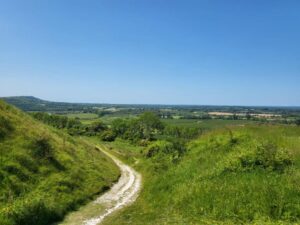
Eventually the legs had had enough and we headed for home after a great day out.
 fly pasts and a couple of parachute displays from the Pipit; one being more sideways than downwards!
fly pasts and a couple of parachute displays from the Pipit; one being more sideways than downwards!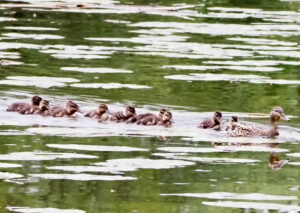
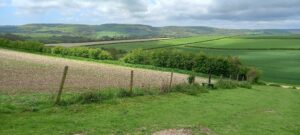
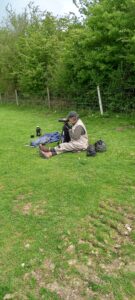
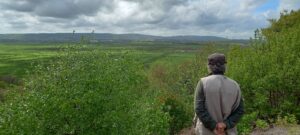
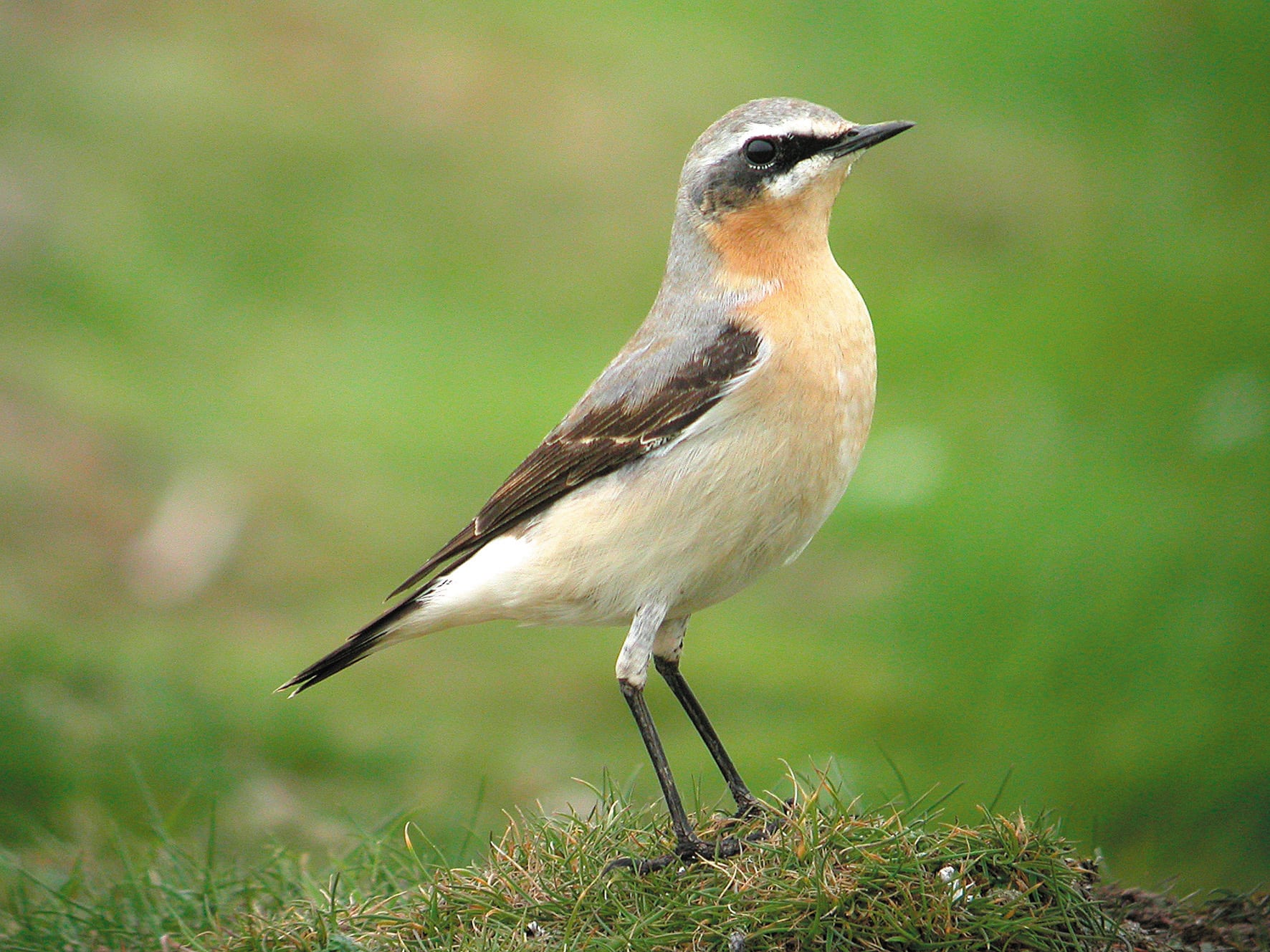
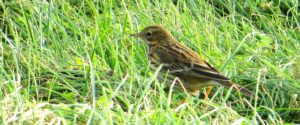 pits made up for this a bit and are a much prettier bird than we give them credit for providing you can get close enough to get the opportunity to notice that. Yellowhammers are much more obvious and these made a couple of appearances on the higher slopes. Was it Sue or Roger who spotted Spotted Flycatchers at long range. I’m jolly glad they did whoever it was as this is my top favourite bird – feisty or what! Soon after this Val’s ears were attracted by a call way above us height-wise and in my case hearing-wise which turned out to be a Yellow Wagtail. One little bush lined pond was a great attraction for the birds. Whitethroat, Blackcap, Song Thrush, Blackbird and Chiffchaff all showing well.
pits made up for this a bit and are a much prettier bird than we give them credit for providing you can get close enough to get the opportunity to notice that. Yellowhammers are much more obvious and these made a couple of appearances on the higher slopes. Was it Sue or Roger who spotted Spotted Flycatchers at long range. I’m jolly glad they did whoever it was as this is my top favourite bird – feisty or what! Soon after this Val’s ears were attracted by a call way above us height-wise and in my case hearing-wise which turned out to be a Yellow Wagtail. One little bush lined pond was a great attraction for the birds. Whitethroat, Blackcap, Song Thrush, Blackbird and Chiffchaff all showing well.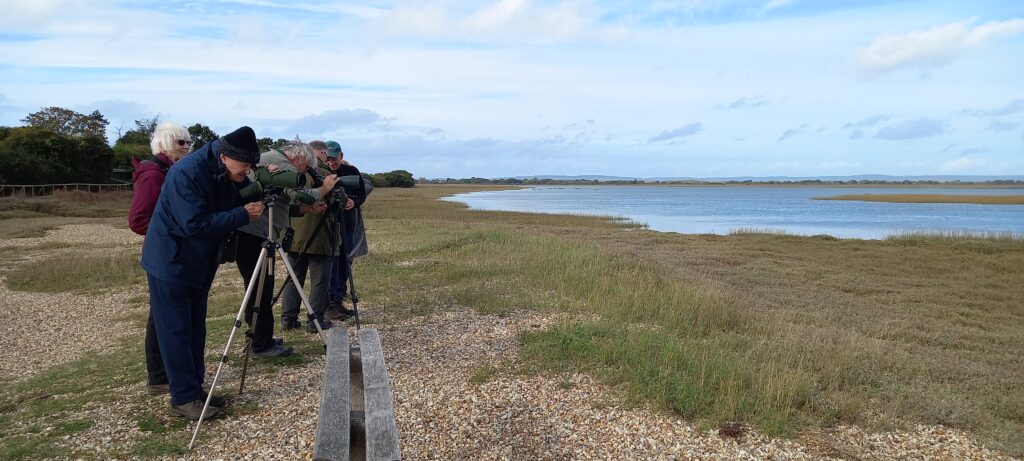 As you can see there was plenty to look at. Waders galore with Dunlin, Ringed Plover, Knot, Grey Plover, one lone overflying Golden Plover, Whimbrel, Curlew, Redshank, Black Tailed Godwit and Oystercatcher. Varied gulls, two species of tern, Little Egrets, Grey Heron and ducks, Great Crested Grebe and even an early Brent Goose. Not to mention the Cormorants that were lined up like posts (Debbie) or possibly posts that were lined up like Cormorants (thank you John).
As you can see there was plenty to look at. Waders galore with Dunlin, Ringed Plover, Knot, Grey Plover, one lone overflying Golden Plover, Whimbrel, Curlew, Redshank, Black Tailed Godwit and Oystercatcher. Varied gulls, two species of tern, Little Egrets, Grey Heron and ducks, Great Crested Grebe and even an early Brent Goose. Not to mention the Cormorants that were lined up like posts (Debbie) or possibly posts that were lined up like Cormorants (thank you John).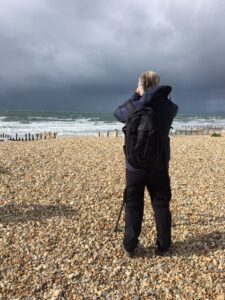
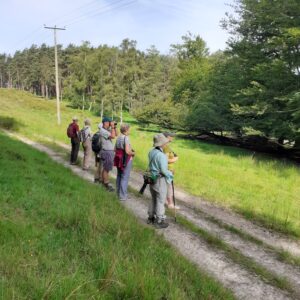
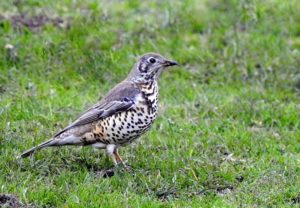 bonus when we found a Mistle Thrush standing pale and upright, a statelier figure than its cousin. By the river Reed Warblers and Cetti’s Warblers competed and Louise found us a Cormorant with it’s arms outstretched! Among the commoner brethren were Linnets, Long Tailed Tits, Goldcrest, Little Egret and Jay. Just one Lapwing “pee-witted” somewhere but I’m not sure any of us actually saw it. We did all, however, hear and see the Spitfire which John had obviously organised to do a flyover. That was almost the last thing before the merciless ascent of the steps.
bonus when we found a Mistle Thrush standing pale and upright, a statelier figure than its cousin. By the river Reed Warblers and Cetti’s Warblers competed and Louise found us a Cormorant with it’s arms outstretched! Among the commoner brethren were Linnets, Long Tailed Tits, Goldcrest, Little Egret and Jay. Just one Lapwing “pee-witted” somewhere but I’m not sure any of us actually saw it. We did all, however, hear and see the Spitfire which John had obviously organised to do a flyover. That was almost the last thing before the merciless ascent of the steps.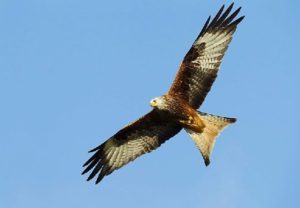 zooming down to ground level for food. Buzzards were magnificent with their soaring and gliding. Ravens live here and gave us a view as did both species of Partridge although Louise and I missed the Grey Partridge. This was for a good reason as were enraptured by singing Skylarks at the time. Herring and Black Headed Gulls were enhanced by a Lesser Black Backed Gull and a large group of Stock Doves were feeding on an arable field. Last bird of the day in the heights was a Pied Wagtail kindly strutting its stuff at Canada Barn. We amassed 51 species in all.
zooming down to ground level for food. Buzzards were magnificent with their soaring and gliding. Ravens live here and gave us a view as did both species of Partridge although Louise and I missed the Grey Partridge. This was for a good reason as were enraptured by singing Skylarks at the time. Herring and Black Headed Gulls were enhanced by a Lesser Black Backed Gull and a large group of Stock Doves were feeding on an arable field. Last bird of the day in the heights was a Pied Wagtail kindly strutting its stuff at Canada Barn. We amassed 51 species in all.